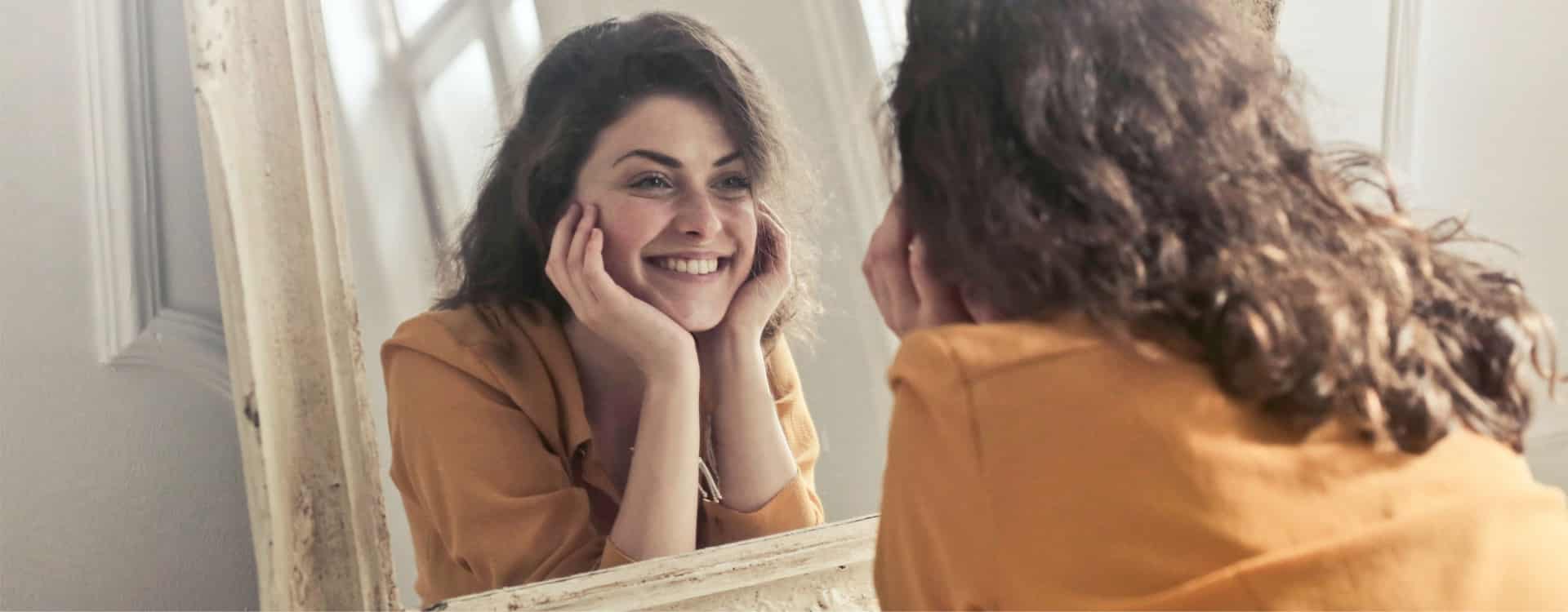
STRESS-INDUCED ACNE: HOW TO TREAT IT
Teenage skin rashes can be triggered by more than just puberty – they can also be triggered by the end of the acne-suppressing sunbathing season in autumn and the return of stress with the school year. Acne-prone skin is not only a source of discomfort for teenagers, but also a source of self-confidence. Although there is still a common perception among parents that teenagers can outgrow acne during puberty, cosmetologists deny this – allowing rashes to persist will make it more difficult to deal with skin problems later.
Adolescence is recognised as one of the most emotionally challenging periods in a person’s life, as they learn to accept their changing bodies and cope with new emotional experiences they have not experienced before. During puberty, they become particularly sensitive to their appearance, and each school year, stress-related facial rashes are among the most common causes of teenage self-distrust. This encourages them to self-press acne, but if this behaviour is not stopped, it may require much more serious help from skincare professionals.
Irena Jokšienė, founder of O.D.A., one of Lithuania’s most popular cosmetic brands, says that ignored or improperly cared for facial rashes can not only have an emotional impact, but can also lead to more frequent acne outbreaks in the future: “Acne is not just a teenage phase that you grow out of sooner or later. It is a chronic inflammatory skin disease in which the hair follicle and sebaceous gland complex is damaged. This creates the right breeding ground for inflammatory acne, which, if allowed to spread, can develop into large, painful nodules that scar the skin for life.”
According to the head of O.D.A., the first red flag to look out for is closed and open comedones that appear at an early age. They are caused by the accumulation of squamous cells, sebum and bacteria in the openings of the hair sac. As the rashes progress, more serious inflammatory formations such as papules, pustules, cysts and deep and painful nodules appear. Treating these rashes takes time and patience. The most important thing is not to expect a very quick result when you start your facial cycle and not to stop seeing your skin specialists early. The first softening of rashes may take 4-6 weeks, while those who want maximum results will have to endure several months.
According to international studies, parents who notice an increase in acne during stressful periods of adolescent schooling do not always appreciate the seriousness of the situation – not only on the face, but also on the chest, shoulders and back – and the appearance of rashes can lead to feelings of lack of self-confidence in shy adolescents, anxiety disorders and a desire to distance themselves from social activities that require interaction with their peers. Almost 14% of adolescents with severe acne and its long treatment experience not only the pain of inflammatory rashes, but also feel a sense of inferiority, which is up to three times more common among boys with acne-prone skin.
Parents who want to help their acne-prone offspring can teach them the right principles of skin hygiene. Every morning and evening, it is essential to wash problematic skin with an acidic cleanser, which gently removes accumulated dirt, regulates the activity of the sebaceous glands, and ensures the right moisture balance. Conscientious use of intensive moisturising creams with a high active ingredient content is advisable. Meanwhile, exfoliating the skin will remove squamous skin cells and help cleanse pores. However, the most responsible step is to avoid self-exfoliation, which can further intensify the inflammatory process.
“Everyone’s skin is individual – the causes of acne can vary and different treatments can work. What works for one person may not necessarily work for others, so instead of relying on the stories of others, it is advisable to first visit a skincare specialist to help you find the best solution to your problem. It is also important to accept that continuity of care for problematic skin is necessary even when rashes have subsided – acne is a relapsing disease, so people who suffer from it need to make responsible skin care a daily routine,” says I. Jokšienė.




